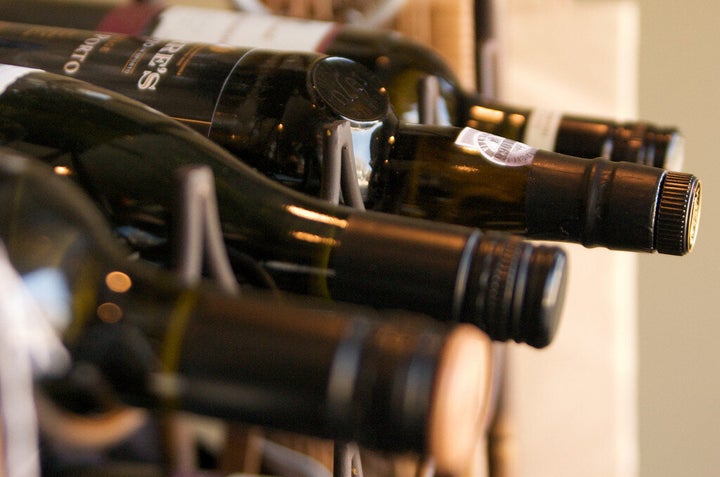
By Etty Lewensztain, Wine Expert for the Menuism Wine Blog
Do screw caps on wine turn you off? Ever find yourself skipping right past a seemingly solid bottle at your local wine shop merely because it bears a decidedly unsexy twist top instead of a classic, old-school cork? Well let me tell you, you're not alone!
The growing prevalence of screw caps as an alternative wine closure to corks has generated lots of dissent from savvy wine consumers who refuse to purchase wines sealed with screw caps, irrelevant of what's in the bottle. The common complaint is that screw caps look cheap and that they've caused the demise of tradition. People, it seems, are missing that time-worn ritual of hearing the cork pop. Odd, perhaps, but true.
While I admit that natural corks might be more aesthetically pleasing than screw caps, they do pose the risk of tainting wine with fungi called TCA (2,4,6-trichloroanisole) and TBA (2,4,6-tribromoanisole). TCA and TBA can travel through a cork's pores, leach out of the cork into the wine, and render it undrinkable, imparting foul aromas of wet cardboard, mold, band-aid or wet dog, and subduing the wine's native aromas.
Despite their less than elegant appearance, screw caps completely eliminate the risk of TCA or TBA contamination, AKA "cork taint," which for wineries and consumers alike, can be a great thing. Wouldn't you rather purchase a wine that is guaranteed to be in perfect condition, as opposed to taking a chance on a wine sealed with a cork, even if it means sacrificing the ceremony?
While screw caps do have their merits, they'll never be able to replace natural corks completely. Unlike natural corks, screw caps are hermetically sealed and prevent the flow of oxygen into a wine. For this reason, they are best reserved for wines that don't require aging and oxygenation, and that are meant to be drunk young and fresh within a few years of their vintage date. This holds true for whites, rosés and reds alike.
Wines that are built for cellaring should pretty much always be bottled under natural cork, not screw cap. Corks serve an extremely important role in the aging process since they are porous in nature, which enables the flow of oxygen into the wine, allowing the wine to evolve over time and develop secondary characteristics, including new aromas and flavors. Oxygen can also alter a wine's texture and has the ability to soften a young wine's harsh tannins, rendering it rounder and more supple with time.
A notable downside to wines bottled under screw cap is the risk of reduction, which can result from an extreme lack of oxygen flow into the wine. Reductive aromas include rotten eggs, burnt rubber or struck matches. While it's something to look out for, reduction has not yet become a widespread problem with wines sealed under screw cap, so fear not.
At the end of the day, both natural corks and screw caps have a purpose to serve.
Check out these five fantastic wines bottled under screw cap and decide for yourself!
Related Links from Menuism Wine Guides:
• The Six Best Red Wines for Summer
• The Six Best White Wines for Summer
• 9 Offbeat Wines to Try Now
Considering the Screw Cap originally published on the Menuism Wine Blog.
Etty Lewensztain is the owner of Plonk Wine Merchants, an online shop focused on small-production, artisanal and altogether great cheap wine. The food- and wine-obsessed Los Angeles native cut her teeth in the wine biz running a marketing campaign to promote Chilean wine in the U.S., and is certified by the esteemed Wine & Spirit Education Trust (WSET) and the American Sommelier Association. Plonk Wine Merchants specializes in hidden gems from around the globe and every bottle in the store is priced below $30. Follow Plonk Wine Merchants on Twitter @PlonkOnline.